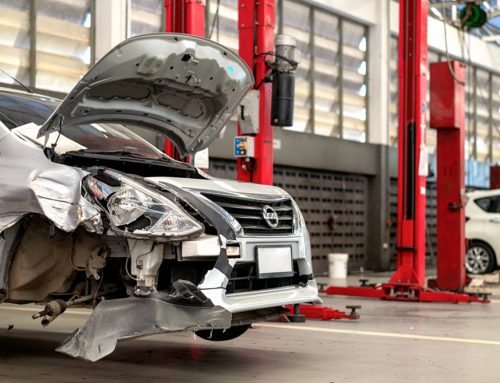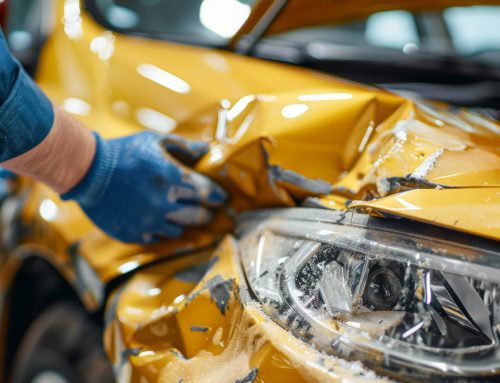For Capacity Month at Progi, I had a conversation with Charles Aubry about what he calls the three platinum rules of collision shops.
These rules, he says, are like eggs, flour and yeast in a bread recipe: each ingredient is essential to the whole. Likewise, in order to have a successful and profitable collision shop, three ingredients are necessary, which all precede the repair work itself: appraisal, parts process and production schedule.
Once the vehicle is in production, whatever will be, will be. As such, the best approach is to focus on what you can control, which are the steps that will prepare the repair process. The idea is not only to improve these three aspects in isolation: if you want to maximize your gains, the key is to think of them in relation with one another.
When all the ingredients are perfectly blended together, the dough will rise.
Rule 1: A quality appraisal
When a vehicle arrives at the collision shop, the first step is to make its appraisal. According to Charles Aubry, this part of the process is crucial. He told us that in some workshops, estimators would simply look at the vehicle for about fifteen minutes and take two or three pictures.
However, according to Charles, a good estimate should take somewhere between 60 and 90 minutes. He added: “the more time you invest in an estimate, the more you gain from it”. (As a note, this could be less time consuming in a few years, thanks to the advances of artificial intelligence. For now, we’re mostly talking about visual intelligence, which is already quite efficient, although it cannot see behind panels. This is why Charles believes tomorrow’s estimator might become a dismantler. But this is a topic for a future article.)
Consider auto estimation like a diagnosis. As doctors do with their patients, it’s important to ask questions before pulling out the scalpel. By investigating the context of the collision, by identifying its nature, you will be able to recount the vehicle’s history, you will be able to put your time and energy in the right places, and your workshop will benefit from it all.
What assures you that you have a good auto estimation process?
A good estimate should give you tools to:
- Determine the right repairs to be made;
- Plan for the correct number of working hours needed;
- Plan for the proper staff to do the repairs;
- Know exactly which parts to order;
- Have a precise idea of the time and cost of repairs.
Your time is precious, and the data from a good estimate will make sure you don’t waste it. Consider the extra time spent in estimation like an investment, which will save you a lot more hours down the road. For instance, a repair that goes unnoticed by the estimator could require ordering additional parts, delaying or even restarting the whole process. Ultimately, an accurate and detailed estimate will let you optimize your time and resources, reach the full potential of your collision shop and, in the end, increase your profitability.
A good eye will let you start on the right foot!
For further discussion and tips on auto damage appraisal, I recommend this article: https://progi.com/en/2022/03/24/auto-damage-appraisal-conversation-with-patrick-piche-and-charles-aubry/
In the next installment of the platinum rules, we will look into the parts process.





